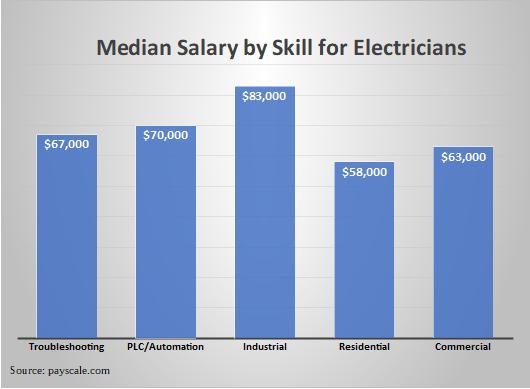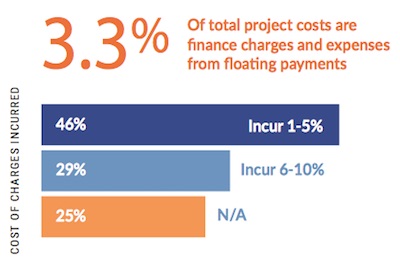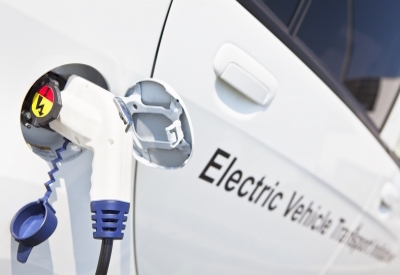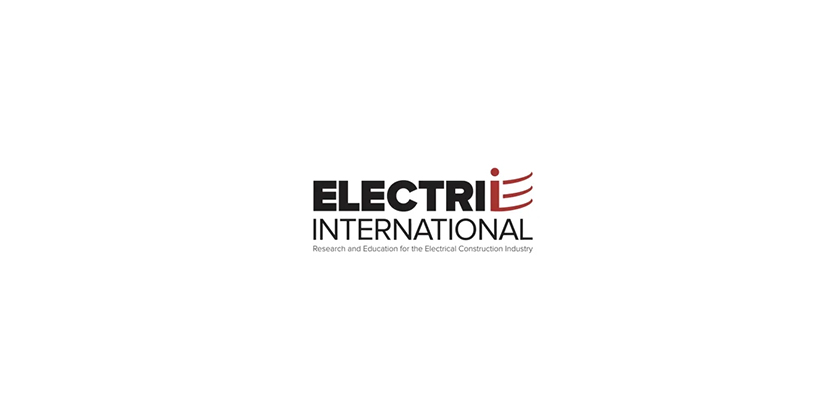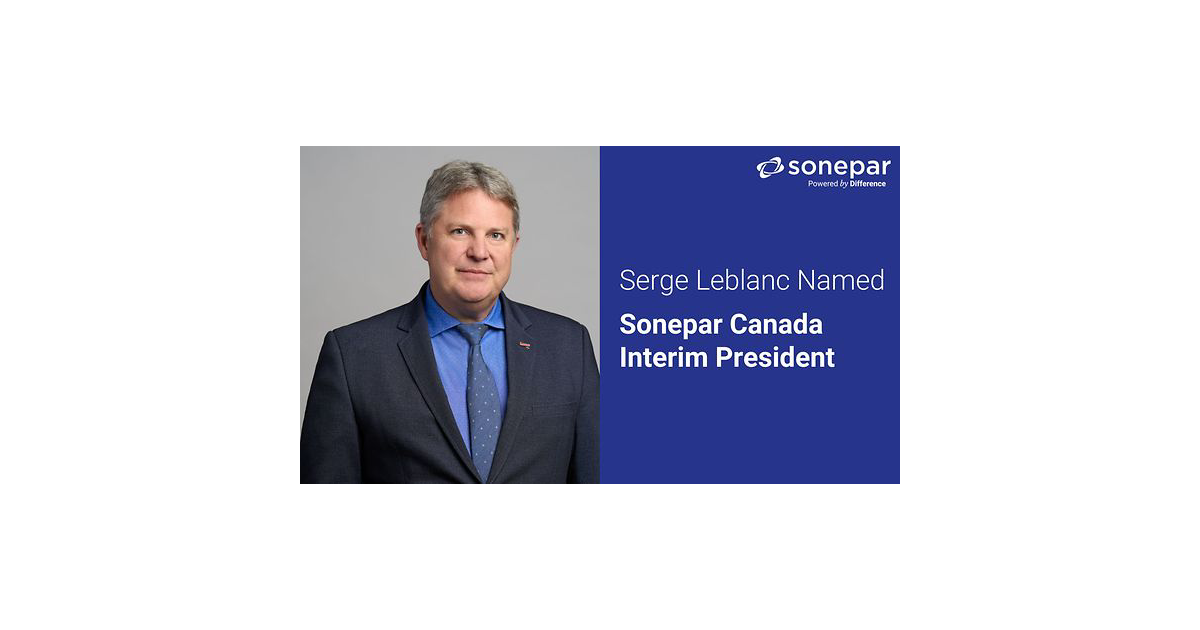The Dark Side of Trade — Combating Counterfeit Electrical Products
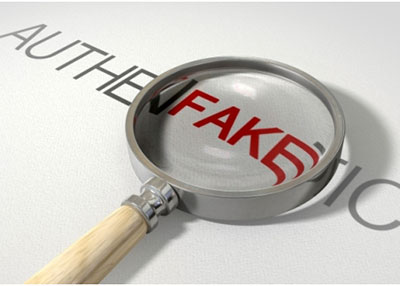
December 10, 2015
In recent years, local, federal and international authorities have combined efforts to thwart counterfeit operations and seize illegitimate products before they enter the marketplace. According to the International Anti Counterfeiting Coalition (IACC), the value of seizures related to intellectual property rights totalled US$1.22 billion in 2014.
Counterfeit products can unknowingly be used in manufacturing, military, critical infrastructure, and consumer product applications. They not only endanger the economic health of our nation but also more important, put the safety of our families, communities, and employees at risk.
In order to effectively address the issue across the electrical industry, ESFI conducted a 2014 survey to investigate perceptions regarding counterfeit electrical products as experienced by professionals. Respondents included manufacturers, distributers, contractors, and inspectors.
According to the survey, a solid majority are “extremely concerned” about counterfeit electrical products. Of the manufacturers surveyed, 63 percent considered counterfeit electrical products a threat to their business. Survey results showed that lighting and circuit breakers were the most frequently encountered counterfeit electrical products. Finally, one-third of survey respondents reported an encounter with a counterfeit electrical product and, even more alarming, they reported discovering an average of five counterfeits within the past 12 months.
Despite the potential danger, there is a striking disparity between the high rates of awareness about the counterfeiting issue in the electrical industry and the action taken to help combat the problem. Although more than 95 percent of ESFI survey respondents thought counterfeit electrical products were at least a moderate threat to public health and safety, more than half thought their company did not provide adequate training about issues related to counterfeits. Seventy-five percent of contractors reported that they do not have a process in place by which to report counterfeits if discovered. Lastly, of the subset who reported having discovered a counterfeit on the job, only half reported it to the manufacturer, the testing laboratory, or the government.
Identifying best defense
A legitimate supply chain is the best defense against infiltration of counterfeit electrical products. A collaborative effort by all sectors of the electrical industry and the public is critical to help reduce the pervasiveness of counterfeit electrical products.
To help protect against electrical product counterfeiting, manufacturers should take a multifaceted approach. The first step is to raise awareness about the prevalence of counterfeit electrical products and the associated dangers. Next, manufacturers must collaborate with the government and international organizations such as U.S. Customs and Border Protection and the National Intellectual Property Rights Coordination Center to aid investigation and seizure efforts.
Additionally, manufacturers should provide traceability for their products—such as special markings, hidden labels, and holograms—to help authenticate and track them through the supply chain.
Distributors, contractors, and electricians can do their part to help prevent counterfeiting by purchasing electrical products from reputable sources. If purchasing from an unfamiliar source, distributors and retailers should check with testing laboratories to be sure the supplier has the right to put a certification mark on the product. If any product seems suspicious, they should contact the manufacturer.
Through the generous support of Eaton, Hubbell Incorporated, Schneider Electric, and UL, ESFI’s Zero Tolerance for Counterfeits program offers a variety of ready-to-use resources that can help to begin the conversation about dangers of counterfeit electrical products.
To learn more or to get involved, visit www.esfi.org.
Julie Chavanne is Communications Director, ESFI; julie.chavanne@esfi.org. She promotes ESFI through media relations, marketing, public relations, and communications. This article was first published in the December 2015 issue of the National Electrical Manufacturers Association magazine ei.



